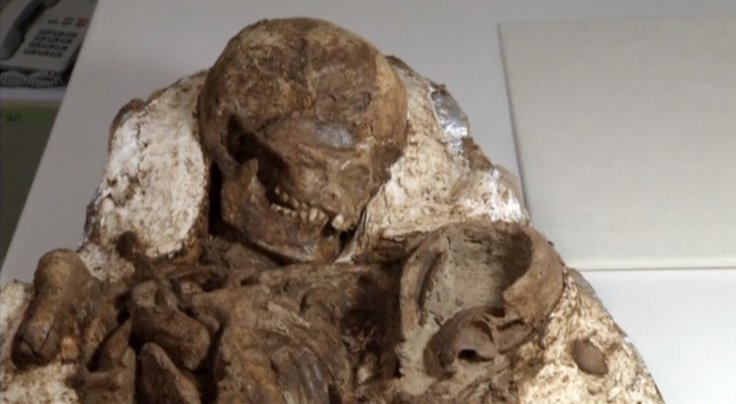
A recent fossil of a jawbone complete with teeth discovered at a cave in Israel has revealed that our ancestors left Africa at least 50,000 years earlier than previously thought. According to the study published in the journal Science, scientists have dated the jawbone to 177,000-194,000 years ago.
A team of researchers discovered the fossil, an adult upper jawbone with several teeth, at the Misliya cave in Israel, one of several prehistoric cave sites located on Mount Carmel.
"This finding -- that early modern humans were present outside of Africa earlier than commonly believed -- completely changes our view on modern human dispersal and the history of modern human evolution," lead researcher Israel Hershkovitz, Professor at Tel Aviv University said.
Based on fossils found in Ethiopia, the common consensus of anthropologists has been that modern humans appeared in Africa roughly 160,000-200,000 years ago. They also said that modern humans evolved in Africa and started migrating out of Africa around 100,000 years ago.
"But if the fossil at Misliya dates to roughly 170,000-190,000 years ago, the entire narrative of the evolution of Homo sapiens must be pushed back by at least 100,000-200,000 years," Hershkovitz said.
He added: "In other words, if modern humans started travelling out of Africa some 200,000 years ago, it follows that they must have originated in Africa at least 300,000-500,000 years ago."
The earliest remains of modern human that have been found so far outside of Africa, at the Skhul and Qafzeh caves in Israel, were dated to 90,000-120,000 years ago.
"Our research makes sense of many recent anthropological and genetic finds," Hershkovitz said.
"About a year ago, scientists reported finding the remains of modern humans in China dating to about 80,000-100,000 years ago. This suggested that their migration occurred earlier than previously thought, but until our discovery at Misliya, we could not explain it," Hershkovitz added.
(With inputs from IANS)









